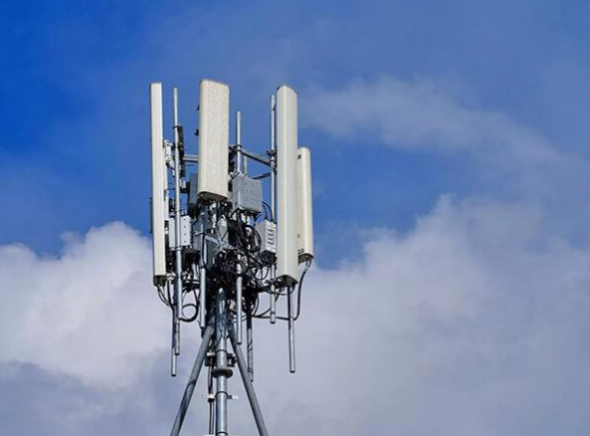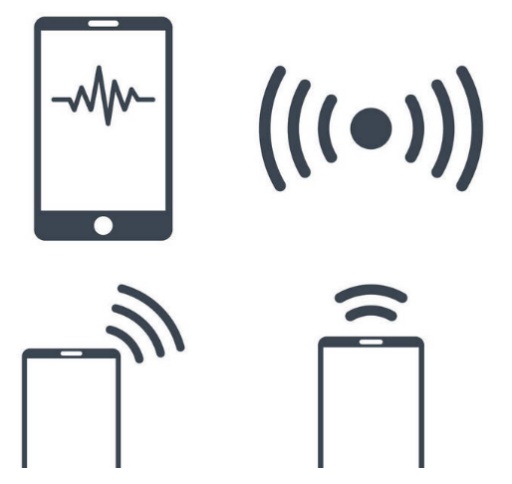High-altitude platform station: the air “floating platform” so that the signal is nowhere to reach
High-altitude platform station, the name sounds a bit sci-fi it is a floating in the air “big ears” and “thousand miles”, used to replace the satellite to provide communications, monitoring and data collection services. It is neither a real satellite nor belongs to the traditional ground base station, but is suspended from the ground at the height of about 20 kilometres, a “super floating platform”. It is like an airborne “sentinel” that “sits” in the air and does not move, providing stable signals and real-time monitoring support to the ground.

The basic principle of operation of a high-altitude platform station is “steady levitation”. Unlike satellites that orbit the Earth in space and unlike ground-based stations that are constrained by terrain, it stays in the air between the Earth's troposphere and stratosphere, neither too high nor too low. Typically, it carries communications and monitoring equipment and floats steadily above a specific region. They can be oversized drones loaded with solar cells or lightweight blimps that float and operate on solar power. These “floating devices” use solar energy to harvest energy during the day and store batteries at night, becoming “air radio stations” that operate stably day and night for long periods.
Even in uninhabited deserts or mountainous areas, it can establish a signal coverage area directly in the sky, providing a communication service similar to 4G or 5G, with low and stable signal latency. You can imagine it as an “airborne signal tower”, standing at the height of 20 kilometres overlooking the earth, covering the signal layer by layer so that the mountains, deserts and wilderness can also feel the presence of modern networks.

The high-altitude platform station is not only a “master of communication”, it can also become an “observer”. Because of its position in the atmosphere, close to the ground, it is more clear and accurate monitoring of the ground. It can undertake environmental monitoring tasks, such as monitoring forest fires, monitoring climate change, and even tracking wildlife activities in real-time. Compared with satellite monitoring, the picture resolution of the high-altitude platform station is higher, and the real-time is also stronger. If the satellite is a “distant uncle”, then the high altitude platform station is a “close stalking friend”, every detail clearly “shoots” to you.
The platform station “floats” at an altitude of nearly 20 kilometres above the earth, which means that its signal coverage is much wider, and at the same time, it is not affected by the terrain on the ground - no matter whether it is the ocean, desert, or mountains, plains, it can be easily covered, and even one platform station can serve an area of hundreds of square kilometres. This is equivalent to making it become an air “umbrella cover” from high places, an “umbrella” like the signal down to cover benefits a large area of users. The high-altitude platform station is very flexible and can be quickly deployed and adjusted. When an emergency occurs, such as an earthquake, floods and other disasters, ground communications may be interrupted, but the high-altitude platform station can be quickly flown above the affected area to provide emergency communications services. Its rapid response capability is irreplaceable in disaster relief and emergency response. It can be said that the satellite is like a “letter carrier in the sky”, while the high-altitude platform station is more like an “air courier”, on call, efficient and flexible.

Despite the many benefits of a high-altitude platform station, its technical difficulty is not low. It needs strong tolerance and control ability. Also, they rely on solar energy to provide energy during the day to “eat and drink” the night by the battery overnight, so battery management and energy scheduling are very critical, and a little carelessness may be “out of food”.
Perhaps one day in the future, when you stand on top of a mountain and look into the distance, you will inadvertently feel that the invisible “air network” is silently guarding you so that you and the world are tightly connected.
(Writer:Juliy)


